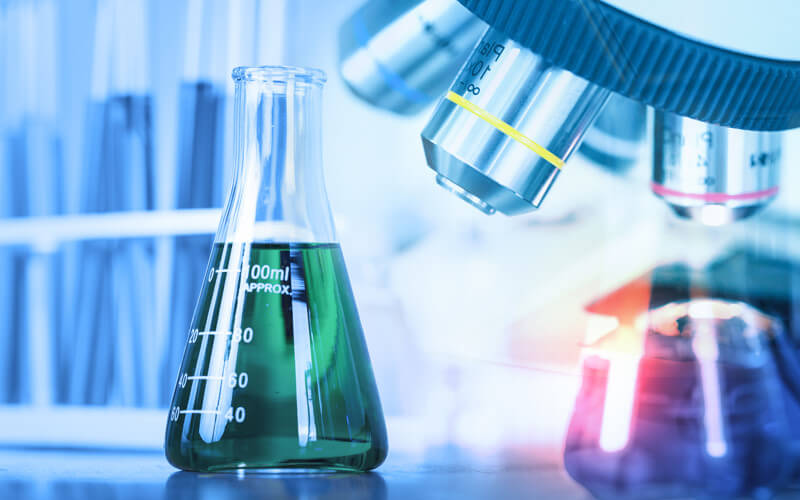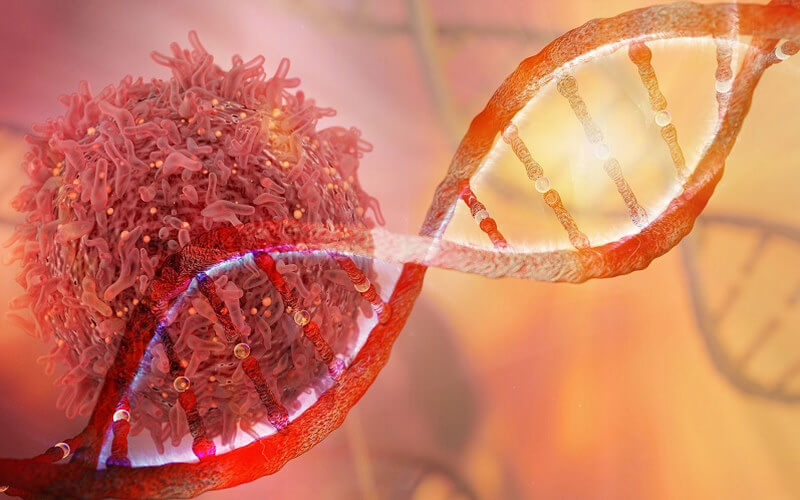Experimental Inflammation
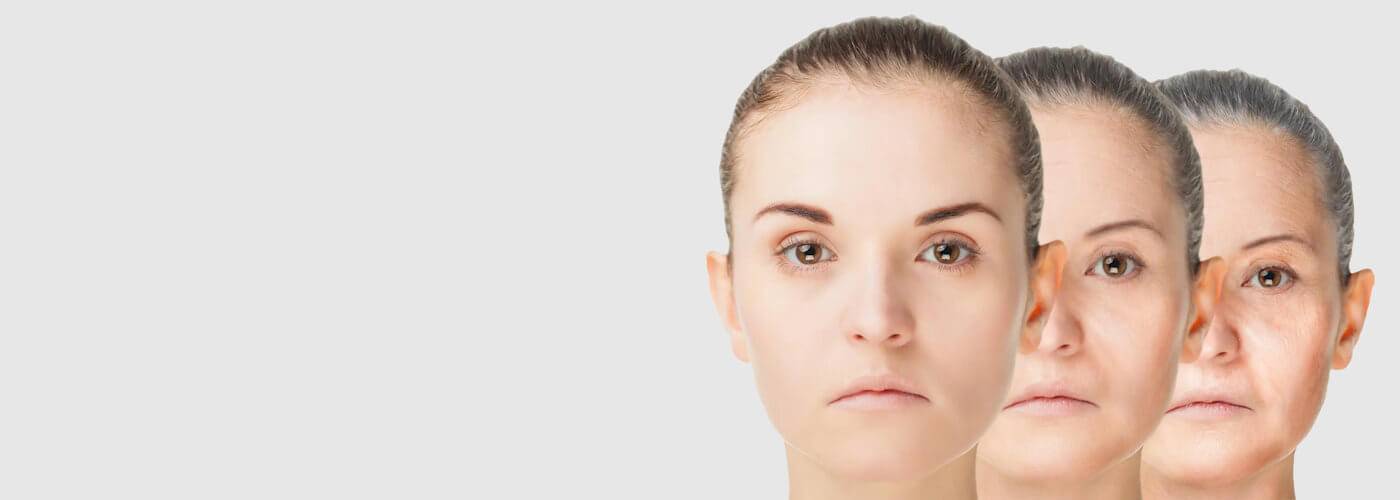
Scientists Discover an Anti-Aging Mechanism
A team including Prof. Derek Gilroy has discovered a new mechanism that slows down the normal aging of immune cells.

Scientists Discover an Anti-Aging Mechanism
A team including Prof. Derek Gilroy has discovered a new mechanism that slows down the normal aging of immune cells.
Facilities
We established a newly refurbished Clinical Research Facility which includes:
- Laser Doppler for scanning sites of local experimentally induced inflammation as a quantitative marker of vascular hyper reactivity
- two beds
- four negative pressure pumps for the purpose of eliciting skin blisters
- approved drugs cabinet
- heart/blood pressure monitor
- a TV system to occupy volunteers during procedures.
In addition to blistering as a means of acquiring immune cells for analysis by polychromatic flow cytometer (Spectral Flow), RNAseq etc, there is expertise in skin biopsies that maybe subjected to a wide array of analytic techniques including spatial transcriptomics, multiplex imaging etc.
The Gilroy Lab
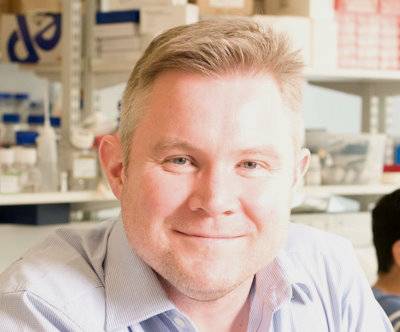
Prof. Derek Gilroy (Head)
Professor of Experimental Inflammation
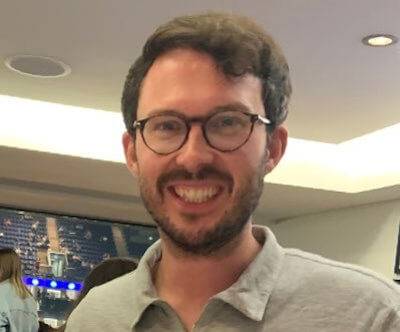

Collaborators
- Professor Arne Akbar (UCL)
- Dr Marko Nikolic (UCL)
- Dr Darryl Zeldin (NIH, USA)
- Dr Daniel Gomez/Luciana Covre (Brazil)
- Professor Anna Nicolaou (Manchester University)
Publications
- Feehan K, Bridgewater H, Stenkiewicz-Witeska J … Gilroy DW (In press, 2023). Post-resolution macrophage-derived lipids shapes long-term tissue immunity and integrity. Nature Communications.
- Lanna A, Vaz B, D'Ambra C, Vuotto C ... Gilroy DW, et al (2022). An intercellular transfer of telomeres rescues T cells from senescence and promotes long-term immunological memory. Nature Cell Biology, 24(10): 1461–1474.
- George MJ, Jasmin NH, Cummings VT ... Gilroy DW (2021). Selective Interleukin-6 Trans-Signaling Blockade Is More Effective Than Panantagonism in Reperfused Myocardial Infarction. JACC Basic Transl Sci. 6(5):431-443.
- Pereira B, De Maeyer R, Covre L, Nehar-Belaid D ... Gilroy DW, et al (2020). Sestrins Induce Natural Killer Function In Senescent-like CD8+ T Cells. Nature Immunol 21(6):684-694.
- China L, Freemantle N ... Gilroy DW, O'Brien A for the ATTIRE Trial Investigators (2021). A randomized clinical trial of albumin infusions to improve outcome in hospitalized cirrhosis patients. New England Journal of Medicine. 384(9):808-817.
- De Maeyer RPH, van de Merwe RC ... Gilroy, DW (2020). Blocking elevated p38 MAPK restores efferocytosis and inflammatory resolution in the elderly. Nat Immunol 21, 615–625.
- Motwani MP, Colas RA, George MJ, Flint JD ... Gilroy DW (2018). Pro-resolving mediators promote resolution in a human skin model of UV-killed Escherichia coli-driven acute inflammation. JCI Insight. 2018 Mar 22;3(6):e94463.
- Motwani MP, Bennett F, Norris PC, Maini AA, George MJ ... Gilroy DW (2018). Potent Anti-Inflammatory and Pro-Resolving Effects of Anabasum in a Human Model of Self-Resolving Acute Inflammation. Clin Pharmacol Ther. 2018 Oct;104(4):675-686. Epub 2018 Jan 30.
- Newson J, Motwani MP, Kendall AC, Nicolaou A ... Gilroy DW (2017). Inflammatory Resolution Triggers a Prolonged Phase of Immune Suppression through COX-1/mPGES-1-Derived Prostaglandin E2. Cell Rep. 2017 Sep 26;20(13):3162-3175.
- Audzevich T, Bashford-Rogers R, Mabbott NA ... Gilroy DW (2017). Pre/pro-B cells generate macrophage populations during homeostasis and inflammation. Proc Natl Acad Sci USA. 2017 May 16;114(20):E3954-E3963.
- Gilroy DW, Edin ML, De Maeyer RP, Bystrom J, et al (2016). CYP450-derived oxylipins mediate inflammatory resolution. Proc Natl Acad Sci USA. 2016 Jun 7;113(23):E3240-9.
- Motwani MP, Flint JD, De Maeyer RP, Fullerton JN, Smith AM, Marks DJ, Gilroy DW (2016). Novel translational model of resolving inflammation triggered by UV-killed E. coli. J Pathol Clin Res. 2016 May 4;2(3):154-65.
- Newson J, Stables M, Karra E, Arce-Vargas F, Quezada S ... Gilroy DW (2014). Resolution of acute inflammation bridges the gap between innate and adaptive immunity. Blood. 2014 Sep 11;124(11):1748-64.
- O'Brien AJ, Fullerton JN, Massey KA, Auld G ... Gilroy DW (2014). Immunosuppression in acutely decompensated cirrhosis is mediated by prostaglandin E2. Nat Med. 2014 May;20(5):518-23.
- Stables MJ, Shah S, Camon EB, Lovering RC ... Gilroy DW (2011). Transcriptomic analyses of murine resolution-phase macrophages. Blood. 2011 Dec 22;118(26):e192-208.
- Stables MJ, Newson J, Ayoub SS, Brown J, Hyams CJ, Gilroy DW (2010). Priming innate immune responses to infection by cyclooxygenase inhibition kills antibiotic-susceptible and -resistant bacteria. Blood. 2010 Oct 21;116(16):2950-9.
Funding and Partnerships
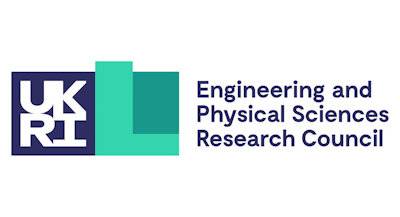
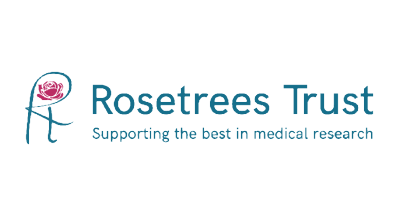
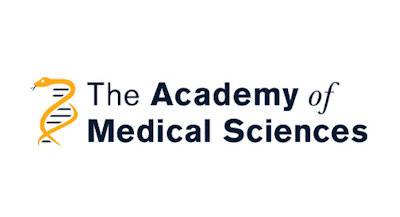

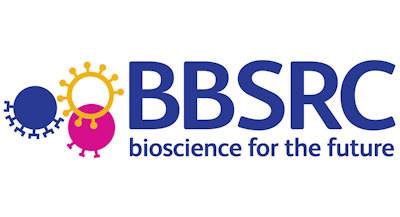
Related Programmes
Awards
2005: Bayer International Young Investigator Award for Aspirin Research.
2007: The British Pharmacological Society, Novartis Award.
2018: Election to Fellow of the British Pharmacological Society.
2020: Peter Dressel prize in Pharmacology, University of Nova Scotia, Dalhousie.
Member of the Henry Kunkel Society, New York
Contact
- Email: d.gilroy@ucl.ac.uk
- Tel: +44 (20) 7679 6933
Visiting Address
Rayne Building
5 University Street
London
WC1E 6JF
 Close
Close


